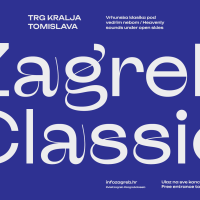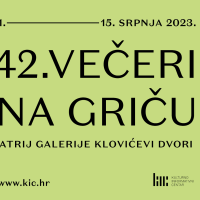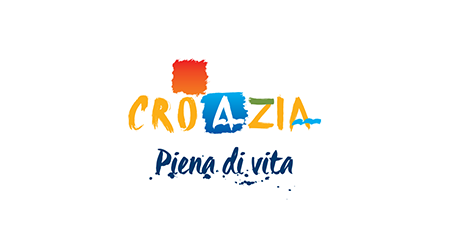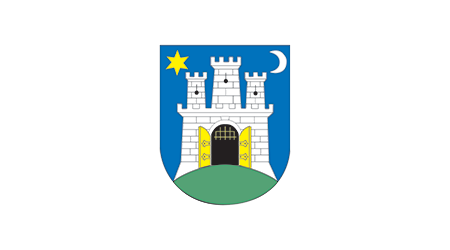A Venue of Historical Events
Boasting one of the most beautiful interiors made in the classicist style, the Illyrian Hall represents a very important place in the life of the city. The significant events that took place there in 1848 turned the wheels of Croatian history.
 Currently a sought after venue for business meetings, receptions and presentations, 160 years ago the Illyrian Hall was the stage of historically significant events. Located in the old part of the city, in the so-called People’s Palace, it is considered the loveliest interior made in the classicistic style in Zagreb.
Currently a sought after venue for business meetings, receptions and presentations, 160 years ago the Illyrian Hall was the stage of historically significant events. Located in the old part of the city, in the so-called People’s Palace, it is considered the loveliest interior made in the classicistic style in Zagreb.
In 1843, the building was erected by the Counts Drašković family, who never actually lived there. Instead, they sold the newly built palace at a very moderate price to the leaders of the Croatian National Revival movement. Thus, instead of a family home, the building became a National Home with a sumptuous hall, which was called Casino at first, but was afterwards renamed the National Hall, the Zagreb and Illyrian Hall, and as of recently it is also known as The Revival Movement Hall. In addition to serving as a venue for purely social occasions and glittering balls, the hall played an extremely important role in the life of the city. It was even featured on the back of playing cards, according to old chronicles.
On 25th March 1848, the Hall became the stage of very important historical events revolving around the Croatian national and literary revival, also known as the Illyrian Movement, which had developed under the influence of enlightenment and romanticism during the reign of the Habsburg Monarchy that was presented with a demand for the unification of all Croatian lands. This movement lasted from 1813 to 1850, and was replaced by the period of Bach's absolutism. The leader of the Illyrian movement was Ljudevit Gaj. In 1830, in Buda, he published a linguistic debate entitled Brief Primer of the Croatian-Slavonic Orthography which would serve as the foundation for the future unification of the Croatian language. This would be based on new štokavian foundations, as opposed to as many as three different dialects, kajkavian, čakavian and štokavian that were previously used as standards. Ljudevit Gaj also takes credit for the modernization of Croatian orthography as he proposed the introduction of diacritics, modeled after the Czech language. In 1835 he also launched the publication of the first Croatian language newspaper.
Published: 02.03.2008
 Hrvatski
Hrvatski English
English Deutsch
Deutsch Spanish
Spanish French
French Italian
Italian Russian
Russian Korean
Korean Japanese
Japanese Chinese
Chinese Currently a sought after venue for business meetings, receptions and presentations, 160 years ago the Illyrian Hall was the stage of historically significant events. Located in the old part of the city, in the so-called People’s Palace, it is considered the loveliest interior made in the classicistic style in Zagreb.
Currently a sought after venue for business meetings, receptions and presentations, 160 years ago the Illyrian Hall was the stage of historically significant events. Located in the old part of the city, in the so-called People’s Palace, it is considered the loveliest interior made in the classicistic style in Zagreb.









